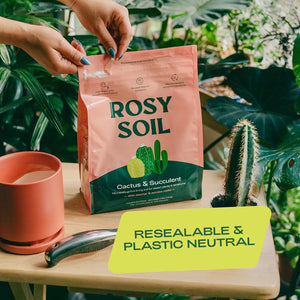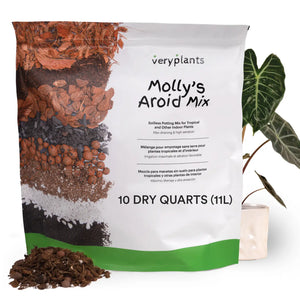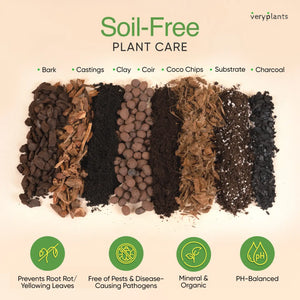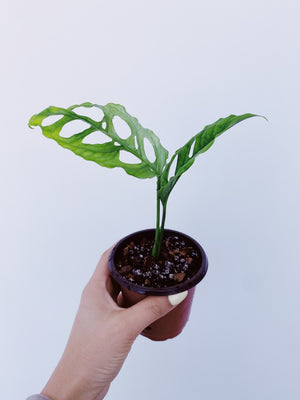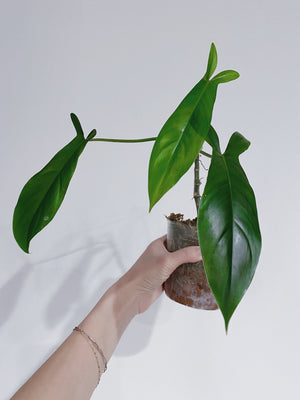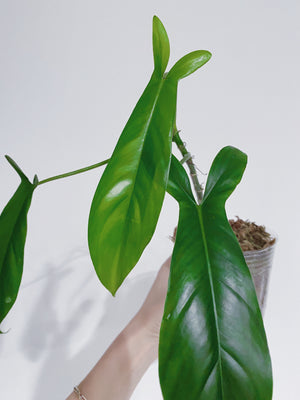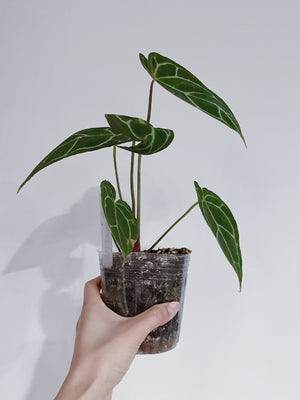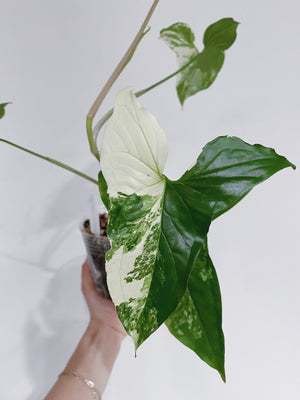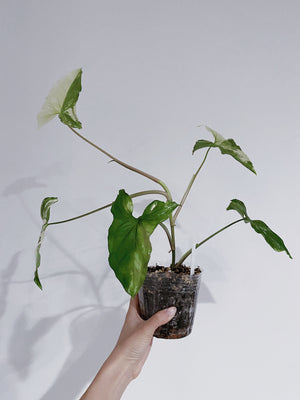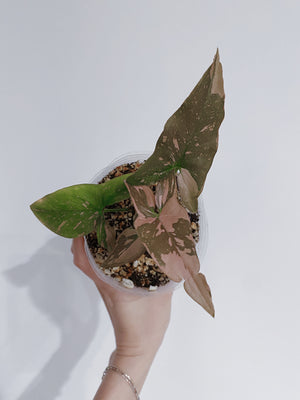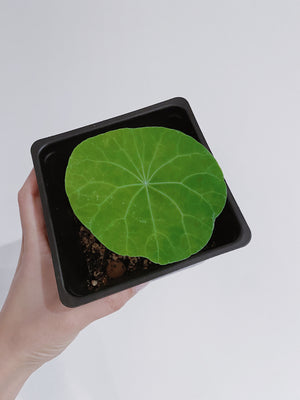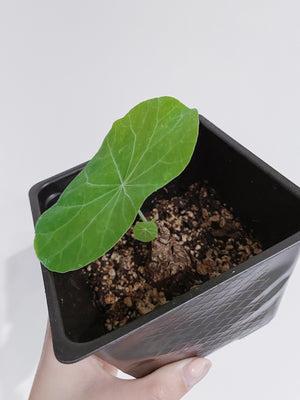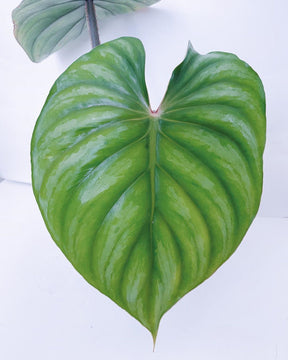Philodendron Billietiae Care Tips - Ultimate Guide for Optimal Growth
 Philodendron Billietiae: Source
Philodendron Billietiae: Source
The first thing you’ll notice about the Philodendron billietiae is its enormous, heart-shaped leaves. The second thing you’ll notice is that it’s surprisingly easy to care for!
Here is everything you need to know so you can keep those green hearts leafing for years.
4 Quick Facts
- Philodendron billietiae is native to Guyana, Brazil, and French Guiana.
- It is actually a new-ish discovery: it was first found in nature in 1981 and was only introduced to homes in 1995.
- Philodendron billietiae is characterized by its large, heart-shaped, wavy leaves and yellow-orange petioles (the stems that connect the leaves to the stalk of the plant).
- As a houseplant, this specimen can reach a few feet in height. But in the wild, just one single leaf can spread up to three feet long!
Philodendron Billietiae Care Requirements
Growth & Size
Unlike in the wild, where it can grow extremely tall and have leaves as long as a yardstick, the Philodendron billietiae usually reaches a maximum height of around three feet and a maximum width of eight inches in a pot at home.
Sometimes a stake or trellis is required to keep the plant from drooping.
Light
The reason for this plant’s enormous leaves in the wild is simple: the larger the leaf, the more sunlight it can take in.
Just like its wild relatives, the potted version of Philodendron billietiae needs lots of light as well. This light should be bright but indirect or it will scorch the leaves.
Temperature
Being a tropical plant, Philodendron billietiae prefers warmer temperatures.
Between 65 and 80 degrees Fahrenheit is recommended during the day, and between 55 and 65 at night. Never let it go below 55 degrees, as this plant cannot tolerate the cold!
Humidity
As you might have guessed, tropical plants love high humidity.
Spritz your plant often to keep humidity levels up, or prepare a tray with a layer of pebbles and water. Set the plant on top of the tray and let the water evaporate from within the pebbles to add moisture around your Philodendron billietiae.
Soil
Organic, well-draining soil is a must for Philodendron billietiae care. This plant is highly susceptible to things like root rot, a complication brought on by overwatering.
Experts recommend soil that contains perlite, compost, sphagnum peat moss, and even a sprinkle of soybean meal.
Avoid potting soil or planting mix alone, as these are much too heavy and can smother the roots while promoting fungal growth.
Potting
Potting for the Philodendron billietiae is straightforward. It just needs a normal pot with drainage holes, or you can plant it in a well-draining hanging basket.
Avoid a pot that is too small for its roots, as this can lead to root compaction and a super-stressed Philodendron!
Typically, it takes around two years for a Philodendron billietiae to outgrow its pot, which brings us to our next section...
Repotting
After two years, most Philodendron billietiae plants need a bigger pot and a bit of freshening up.
After this time has passed, it has usually absorbed most of the nutrients that were present in the soil, so repotting is a good way to give it new life.
When repotting, use a pot that is only slightly larger than the previous pot. Make sure again that its roots aren’t being squished in there.
Use the same type of soil you used when you potted it the first time, but leave some of the original dirt around the roots so as not to shock to the plant when you introduce it to its new home.
Water
The most important part of Philodendron billietiae care is watering.
Like most plants, it is very easy to overwater this one. Philodendron billietiae likes to dry out completely between watering, so wait until it’s ready before you fill ‘er up.
Here’s a trick: to test the soil’s moisture level, stick your finger down into the soil. If the tip of your finger comes out dry, it’s time to water. If it feels soggy for weeks in a row, your soil isn’t draining properly.
When you do water it, water it heavily, until the water starts to drain out the holes in the bottom of the pot. Then let it be for another one to two weeks.
Fertilizing
Use a slow-release fertilizer that will fertilize your plant over the course of a few months. This fertilizer should contain potassium, nitrogen, and phosphorus.
Pruning
To remove dead leaves, always use sterilized cutting tools.
Propagation
The easiest way to propagate Philodendron billietiae is to use a sharp knife and take a cutting from just below a healthy leaf node during its heaviest growth period.
Then, place the end of the cutting in a cup of water to encourage roots to grow, or dip it in rooting powder and plant it in a small pot of soil.
Leave the cutting in a warm environment, and you should see growth begin in about a week.
Pests & Problems
Luckily, this plant isn’t a huge magnet for pests. It can get aphids or mealybugs, but this is rather rare.
The main problems you have to worry about with Philodendron billietiae are root rot and fungus in the soil, both of which are caused by overwatering and/or poor soil drainage.
Is Philodendron Billietiae Toxic?
Yes. Like most houseplants, this one is highly toxic to both humans and animals, so keep it out of reach of children and pets.
Written byJessica Scott

